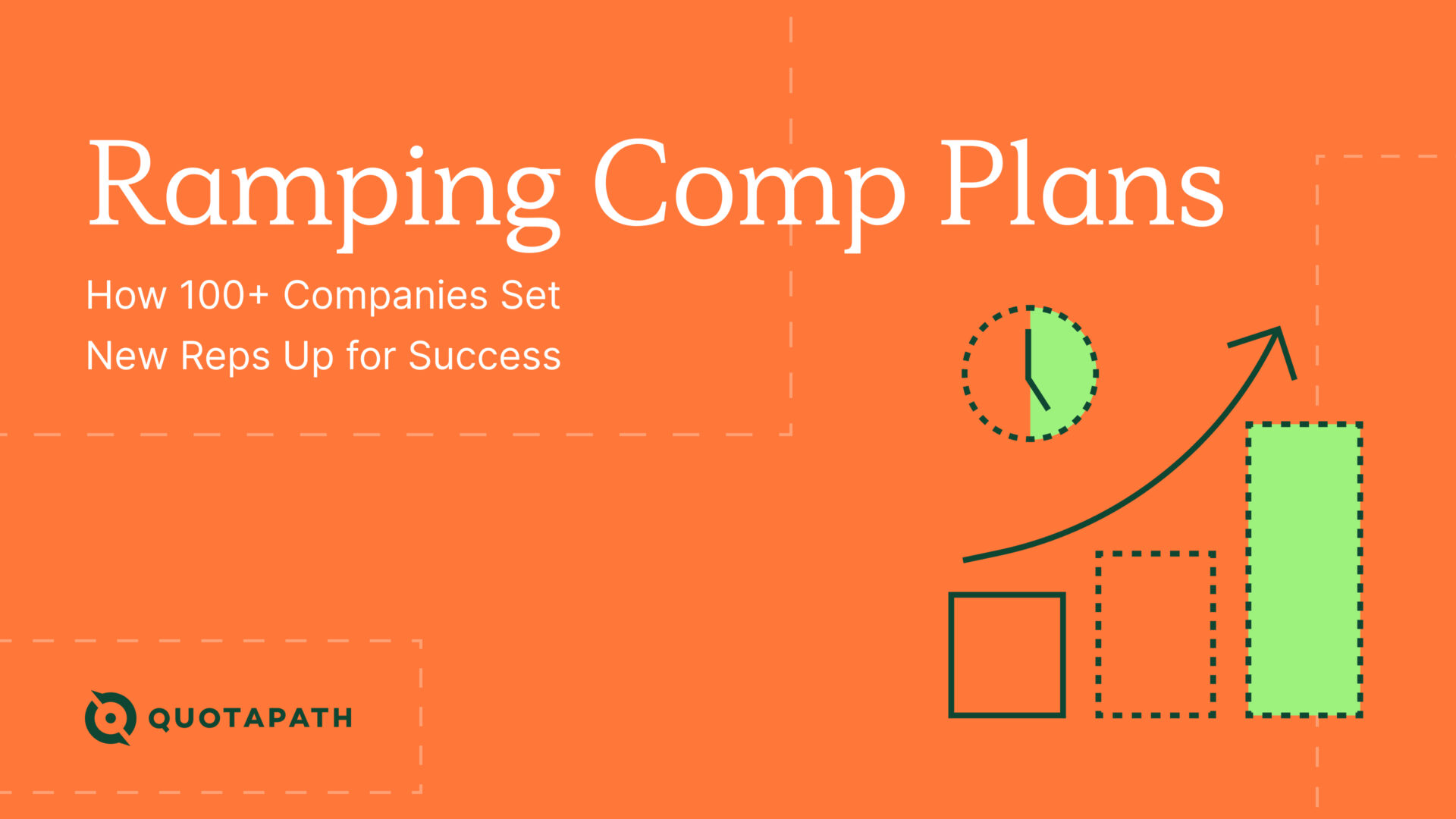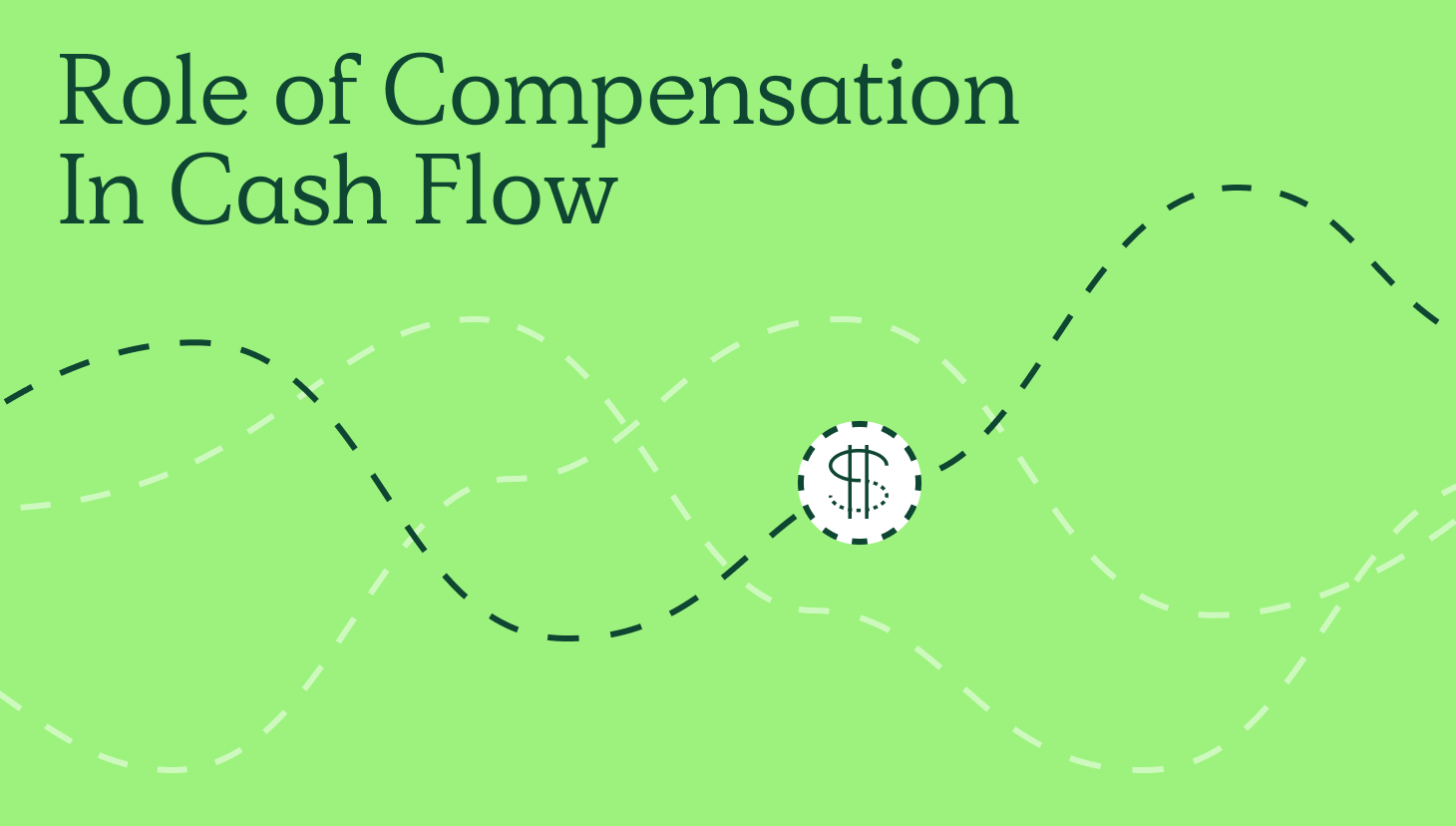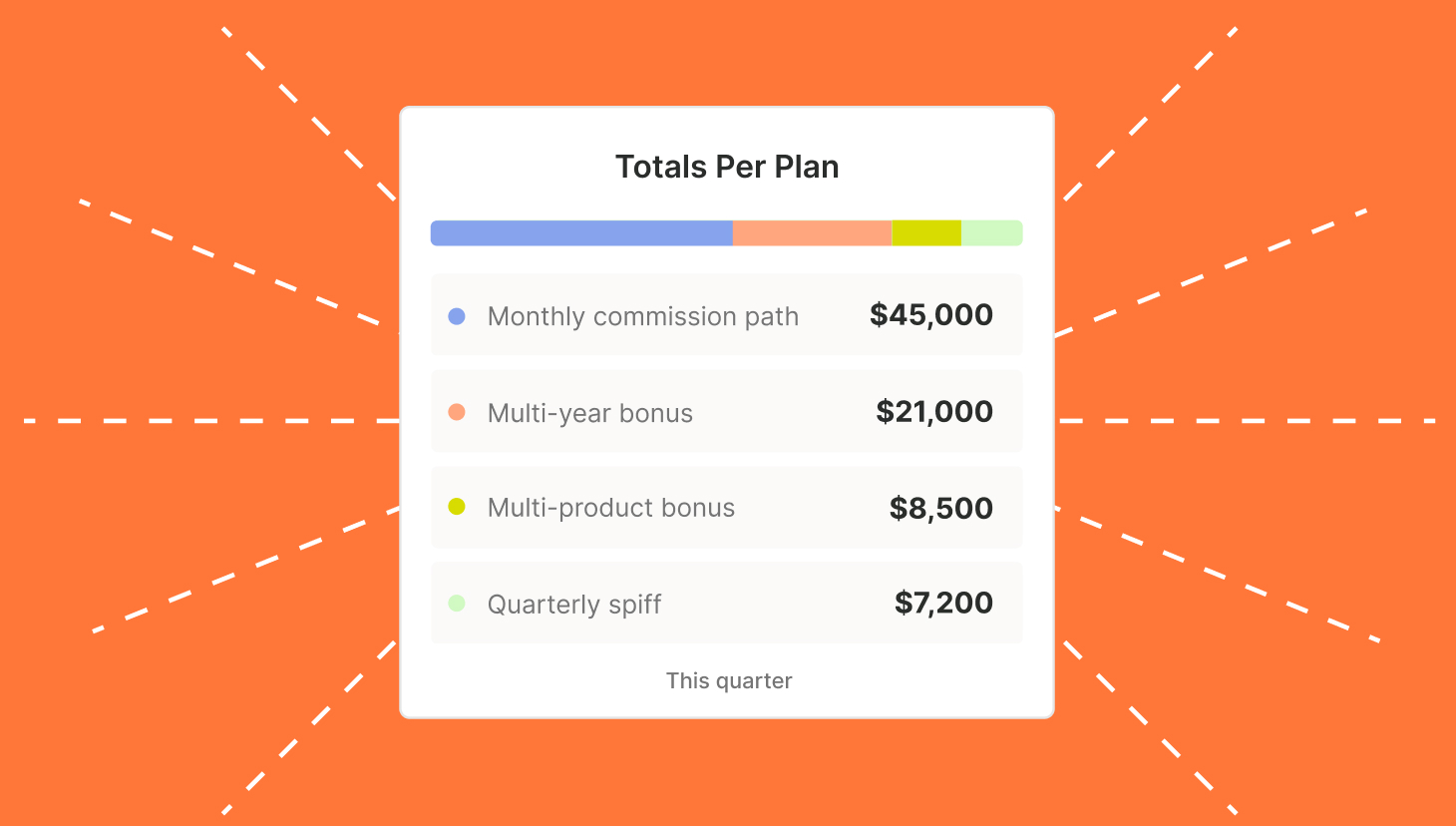This is a guest blog from Sage, the accounting, people, payroll, and payments software provider.
Financial forecasting projects your company’s future financial performance using intricate data and analysis. It serves not only as a road map toward business success but as a key influencer in your strategic financial decisions.
Of all the components of your business plan, it’s one of the most challenging tasks you’ll need to complete. That said, its direct correlation with business sustainability and success also makes it the most crucial.
From evaluating the viability of a new investment to optimizing resources and attracting investors, financial forecasting impacts core business planning processes. So, let’s discuss why creating a financial forecast should be a top priority.
Streamline commissions for your RevOps, Finance, and Sales teams
Design, track, and manage variable incentives with QuotaPath. Give your RevOps, finance, and sales teams transparency into sales compensation.
Talk to SalesThe power of financial forecasting in business planning
Of the many, many reasons that businesses fail, the top reason businesses do so is because they run out of cash or fail to raise new capital. More often than not, such significant losses can be attributed to a lack of strategic business planning.
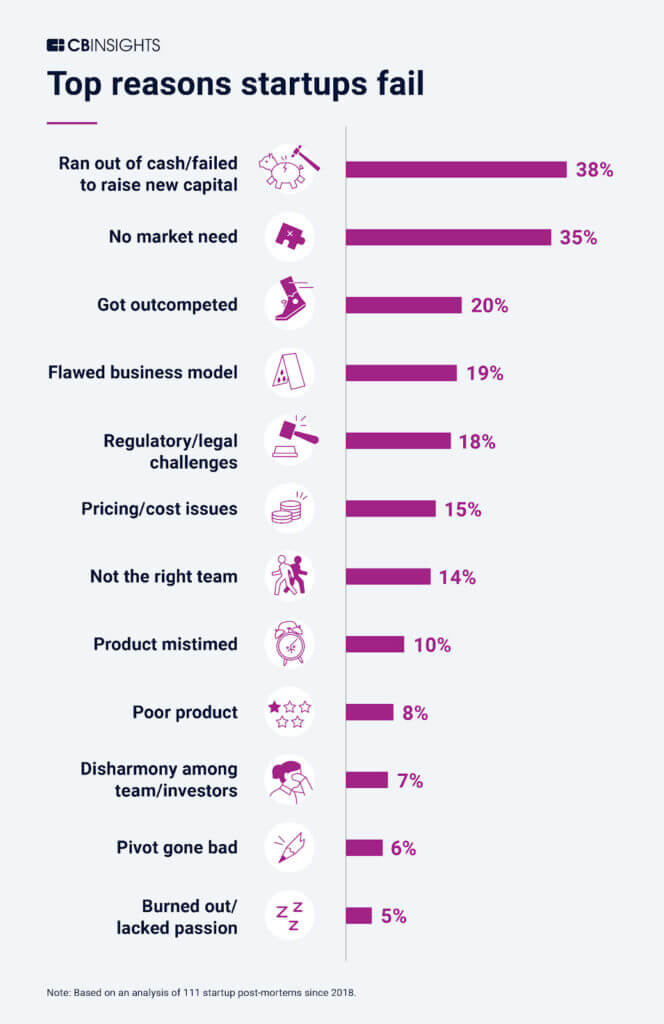
Ineffectively allocating resources. Poor sales compensation management. Failing to create specific, achievable goals or prepare for potential risks. These are just some of the mistakes businesses make that lead to financial ruin.
A detailed financial forecast helps you avoid these pitfalls. Financial forecasting utilizes complex quantitative data—historical data, market analysis, competitive research, etc.—to gain accurate insights into your business’s current and future financial health. In doing so, you can make strategic, data-informed decisions.
For example, you can accurately predict whether you need to reduce staff levels to optimize labor costs or increase them to meet revenue goals. Or, you can assess the viability of a revenue opportunity that you’re itching to take advantage of.
We’ll explore all the ways that financial forecasting can inform decision-making and drive business growth later on. First, let’s clear up a common misconception—are financial forecasting and budgeting the same thing?
What is the difference between financial forecasting and budgeting?
Financial forecasting and budgeting are often mentioned in the same conversations. While they do complement each other, they aren’t the same thing.
Budgeting evaluates the financial resources available to your company to allocate resources appropriately. As a strategy, it outlines expenses, projected sales, and cash flow to reveal the current shape of your company’s financial position. Additionally, it establishes the proposed direction that you want your company to head in within a near-term time frame.
Financial forecasting and wider, big-picture financial decisions inform your budgeting strategy. A financial forecast includes an in-depth analysis of historical and current data sets, market conditions, and trends to estimate future profits and revenue. The data it unlocks can tell you whether your company is heading in the direction you want it to go.

What are the key characteristics of financial forecasting in comparison to budgeting? Here’s a quick summary:
- Flexibility: Once they’re set, a budget tends to remain static. Financial forecasts are more dynamic in that they evolve and adjust in response to changing ground conditions.
- Time frame: A budget is concerned with the short term and is usually updated annually. Financial forecasting happens in both the short-term and long-term but primarily focuses on the bigger picture across several years.
- Objectives: A budget is created to reduce and optimize business costs to meet quarterly or yearly goals. Financial forecasting goes beyond cost-cutting to project growth orientation and establish strategies that guide this growth.
5 ways financial forecasting improves the business planning process
What is financial forecasting used for, and how does it improve your business planning process? Let’s find out.
Determines achievable goals for business growth
It’s all well and good having pipe dreams. But it’s working toward realistic, attainable goals that will guide your business to success.
Financial forecasting provides a clear overview of your business’s historical, current, and projected financial performance. Using this information, you can set performance expectations, make accurate sales projections, identify profitable investment opportunities, and align sales compensation with big-picture business goals.
Getting there becomes much easier when you know the exact route that will lead you to where you want to go.
Financial forecasting illuminates the steps needed to meet your monthly, quarterly, and annual goals. Plus, it considers the potential risks you’ll come across along the way—more on that later.
Optimizes business resource allocation
What resources does your business need to meet your goals? Exactly when will it need them? Furthermore, how much will they cost, and what are the potential benefits and drawbacks may they incur?
Every resource your business utilizes—capital, employees, inventory, technology, materials, etc—should be allocated strategically. Financial forecasting enables you to dive deep into the “hows,” “whys,” and “whens” of every resource that you use. In doing so, you minimize financial loss and maximize return.
Let’s take labor as an example. To hit your sales goals, you’ve identified that you’ll need to hire new employees. A financial forecast will assess how many employees you’ll require to avoid understaffing and overstaffing, when you’ll need to hire them, and the labor costs associated with doing so.

From there, you can evaluate the financial implications and accurately allocate resources so that they generate a positive return. The same goes for all of your resources, from cash investments to materials.
Aligning resource allocations with your other business expenses and outgoings gives you a complete picture of your financial performance.
Gain full visibility of your payments and outgoings by using AP automation software so that you can view how your investments affect your cash flow in real time. Use the data generated by reports to uncover opportunities for further resource optimization and financial forecasting insights.
Anticipates potential financial risks
Market crashes, operational failures, and supply chain disruptions are examples of potential risks that can have huge financial repercussions. Financial forecasting analyses risk potential and devises strategies to eliminate, avoid, or mitigate the financial impact of these risks.
Some risks, such as overspending, can be eliminated using a financial forecast to inform accurate budgeting. For other risks, such as supply chain disruptions, you can create a contingency plan to mitigate financial impacts.
There are other potential risks that forecasting can help with, too. Take tax, for example.
Unorganized record-keeping and tax filing processes increase the risk of receiving a hefty tax bill for which you’re completely unprepared. This can have significant financial consequences. Plus, if your lax processes lead you to submit an inaccurate tax return, it may even land you in trouble with the IRS (or HMRC, if you’re in the UK).
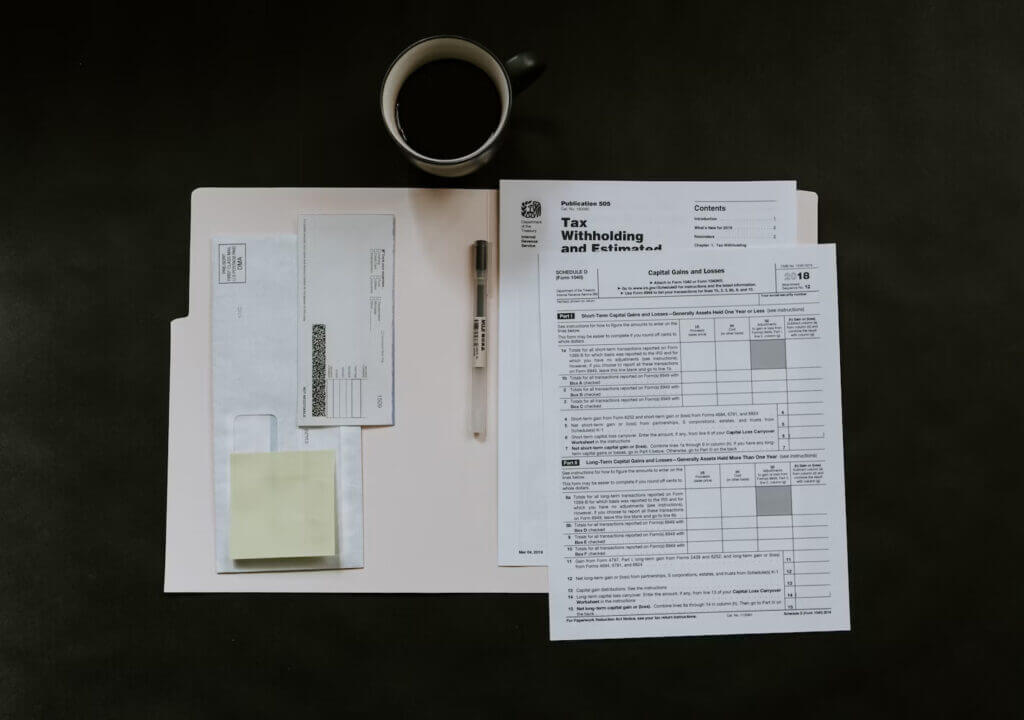
A thorough financial forecast estimates your future tax obligations, reducing the risk of tax bill scares. Lots of businesses are moving to automated accounting solutions. These solutions ease financial forecasting by automatically adding sales and purchase invoices to your account. You can track and forecast your income and expenses at a glance, guaranteeing accurate tax calculations.
If you conduct business across the pond, self assessment accounting solutions have become mandatory for sole traders in the UK as part of HMRC’s “Making Tax Digital” initiative. That said, 53% of Americans also used online software to file taxes to the IRS last year. So, the trend is undoubtedly catching on as a means to streamline tax filing and drive better financial forecasting.
Attracts investors through transparent reporting
Without financial forecasting, even businesses turning over a healthy profit can struggle to find investors. Why? Because investors want to know exactly how you plan to succeed.
Hopes and prayers don’t instill confidence. But cold, complex data? That’s a different story.
Data-rich financial forecasts instill investor confidence as they provide the facts and figures that outline your company’s path to growth. When presented with a granular analysis of all your data, investors can better visualize your success and, consequently, their return on investment.
Forecasts investment profitability and feasibility
New investment opportunities are always tempting—but are they always worth it?
Whether it’s launching a new product, onboarding new technology, or purchasing real estate for expansion, investment opportunities are everywhere. But if you fail to explore the financial implications of making these investments, you put your company at severe financial risk.
Financial forecasts are crucial for ensuring your investment is viable and profitable. Let’s take new technology as an example.
You want to invest in cutting-edge technology to meet your business growth goals. A financial forecast will tell you whether you can afford the initial purchase. But beyond that, it will estimate the ongoing overhead, maintenance, and onboarding costs. It will consider the investment in alignment with future projections based on historical and current market data.
Using these insights, you can evaluate the viability and profitability of the investment to determine its ROI potential. You can do this for every small-scale or large-scale investment, from adopting a sales commission software to acquiring another business.
Try QuotaPath for free
Try the most collaborative solution to manage, track and payout variable compensation. Calculate commissions and pay your team accurately, and on time.
Start TrialPrepare for the future with financial forecasting
Financial forecasting generates various large-scale, multi-faceted benefits that directly influence business success. It guides critical data-driven decisions like budgeting, investment viability, and resource allocations. It significantly reduces the negative impact of financial risks and can even help you avoid some entirely. It can also secure the backing you need from investors to bring your growth initiatives to fruition.

